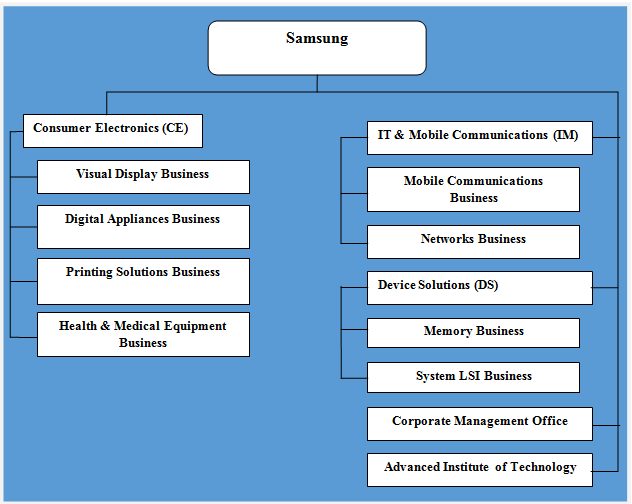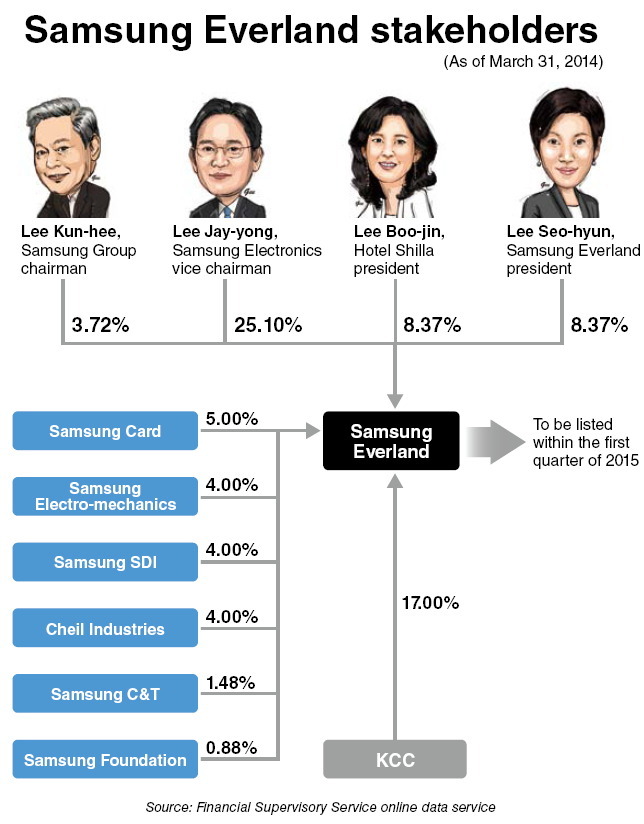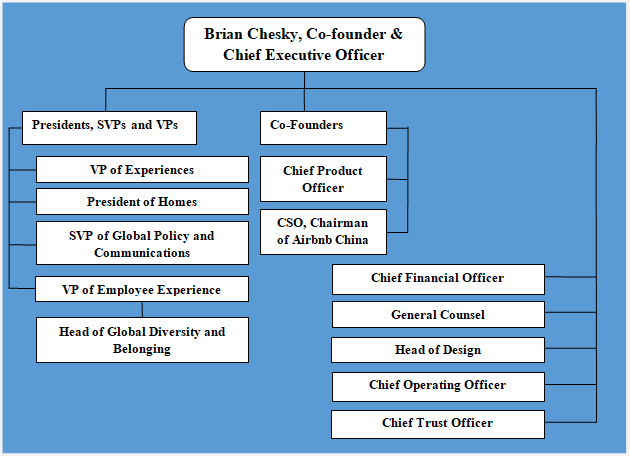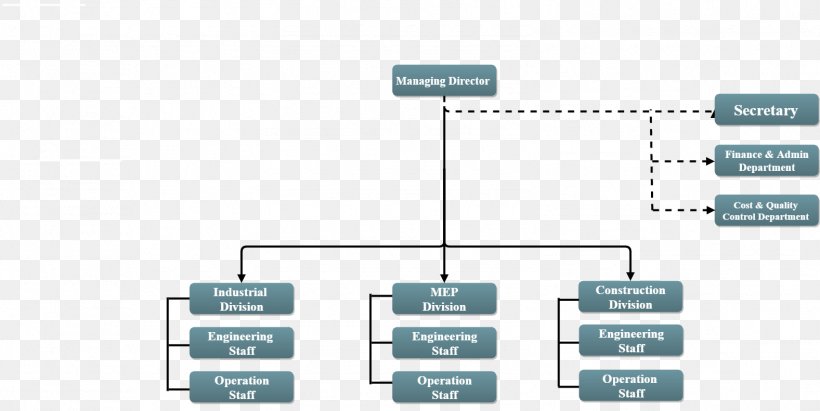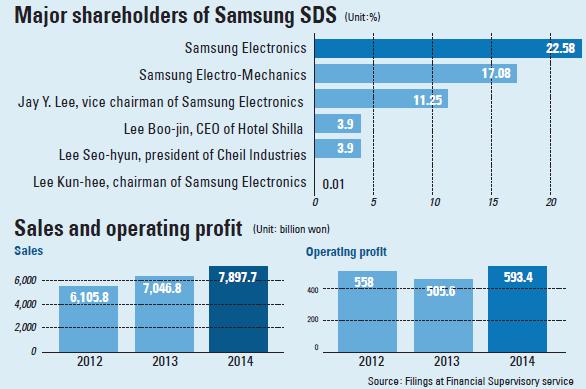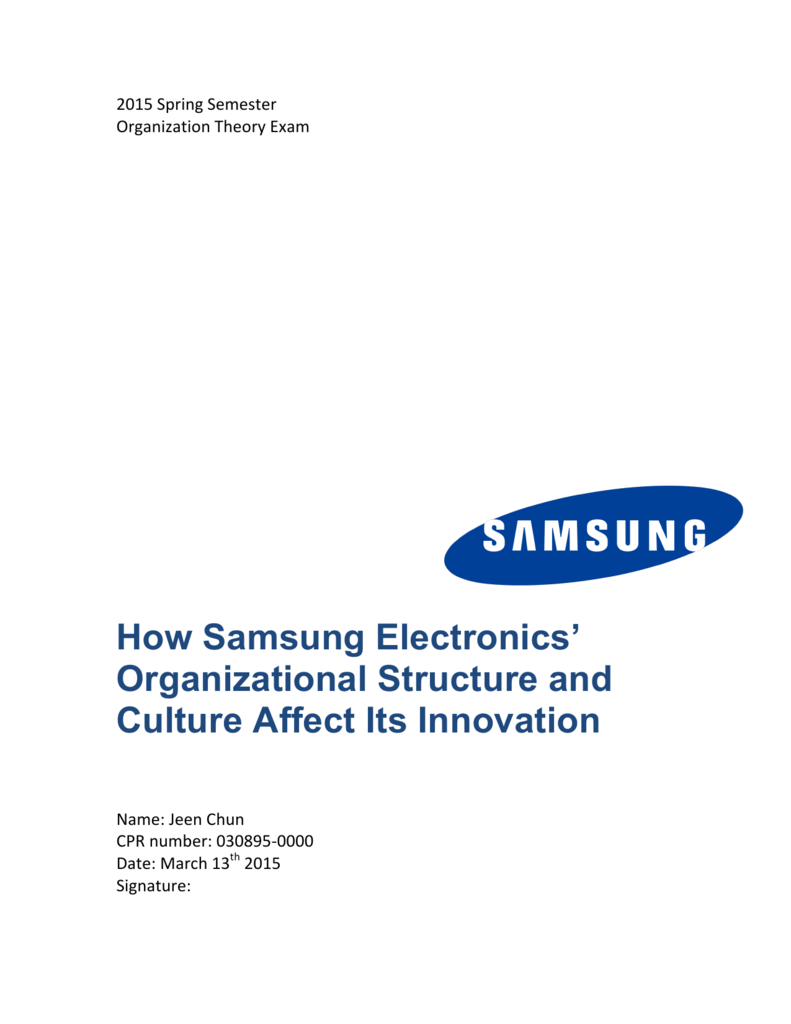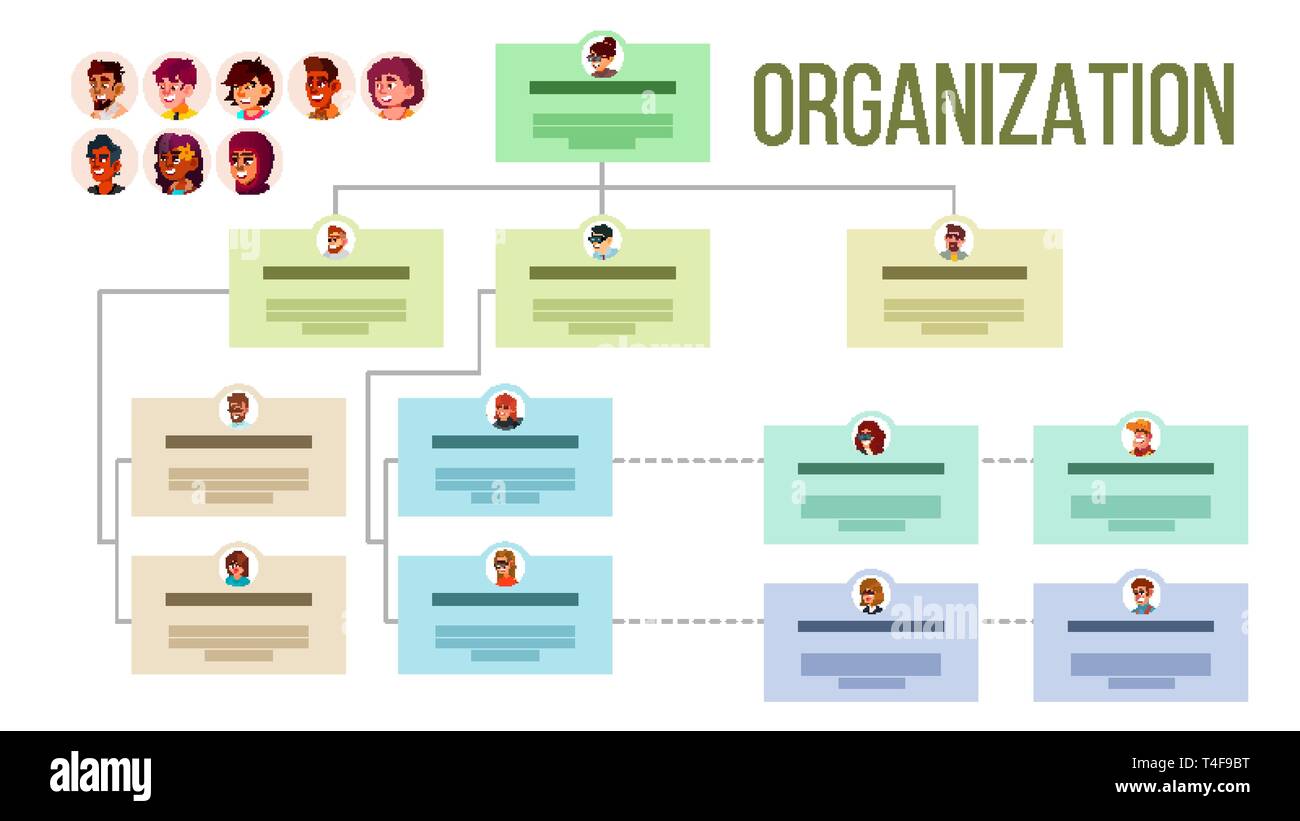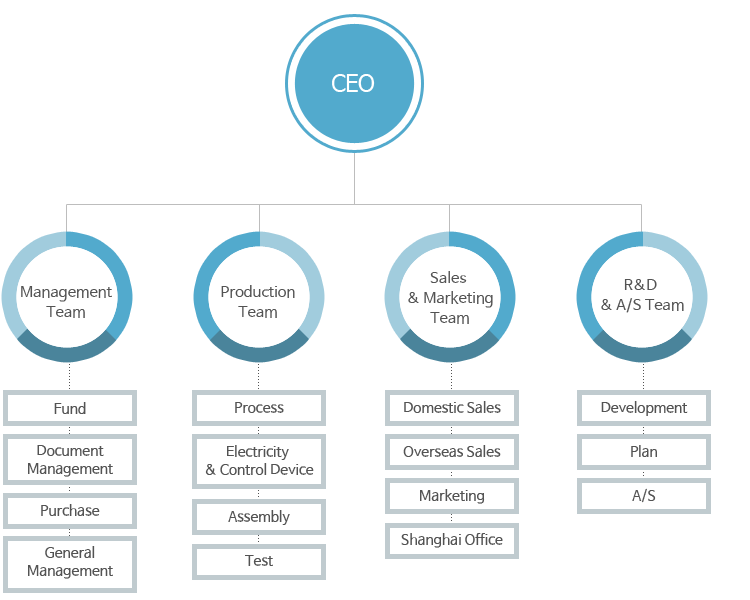Samsung is a multinational conglomerate based in South Korea that operates in a variety of industries, including consumer electronics, telecommunications, and construction. The company is known for its innovative products and strong brand recognition, and it has a complex organizational structure that allows it to operate effectively across its diverse business operations.
At the top of Samsung's organizational structure is the chairman, who is responsible for setting the overall strategic direction of the company and overseeing its various business units. The chairman is assisted by a board of directors, which is made up of executives from different business units within Samsung.
Underneath the chairman and the board of directors is the executive leadership team, which is responsible for implementing the strategies and policies set by the board. This team is made up of the CEO and other high-level executives, such as the presidents of various business units and the chief financial officer.
Below the executive leadership team are the various business units that make up Samsung. These units are responsible for managing specific product lines or industries, such as smartphones, TVs, home appliances, and semiconductors. Each business unit is headed by a president or CEO, who reports to the executive leadership team.
Within each business unit, there are various departments and teams that are responsible for different aspects of the business. For example, the smartphone business unit might have a research and development team, a marketing team, and a sales team. These teams are typically led by managers or directors, who report to the president or CEO of the business unit.
In addition to its business units, Samsung also has a number of support functions that provide services to the rest of the company. These support functions include HR, finance, legal, and IT. These functions are typically led by executives who report to the executive leadership team.
Overall, Samsung's organizational structure is complex and multifaceted, with many levels of management and a wide range of business units and support functions. This structure allows the company to be agile and responsive to the needs of its customers, and to adapt quickly to changes in the market. So, it is a suitable organizational structure for a multinational conglomerate like Samsung.
